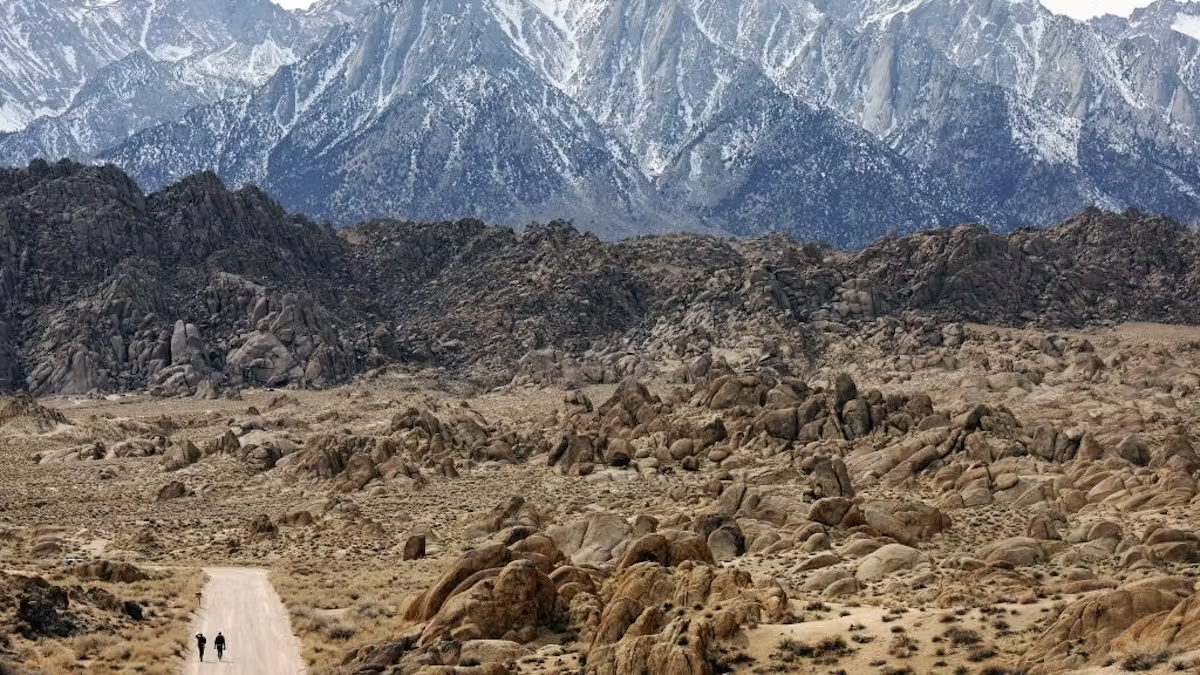California Drought Reaches Record Levels

California, along with much of the west, is experiencing a historic drought, with rainfall in January and February of 2022 hitting hundred-year lows in some areas.
The California drought is entering its third year. A survey this month from the Department of Water Resources found that the snowpack around the state is almost 40% down, and major water reservoirs in the state are below their historical averages.
California’s Central Valley grows around one-fourth of the country’s food, which includes around 40% of the nation’s fruits and nuts, but there’s already evidence that farmers are cutting back production.
A UC Merced study found that California farmers left around 400,000 acres of agricultural area uncultivated last year because of the shortage of water. Some experts predict that number will reach one million. Most of the untouched land was in the Central Valley. California has about 10 million acres of cropland, meaning at least 4% of it is unused.
The same study estimated that the 2021 drought cost the agriculture sector in the state around $1.1 billion and almost 9,000 jobs.
This month, Democratic Governor Gavin Newsom announced another $22.5 million in help for what his office described as “an immediate drought emergency.” Over a third of the funding, however, is going toward educating Californians on how to conserve water.
California’s strict environmental regulations are a hurdle, as well. One example is the 1992 Central Valley Project Improvement Act, which earmarks 800,000 acre-feet of water for fish and wildlife each year.
Farmers have also pushed for more reservoirs and dams to hold onto the water supply from rain, but policies have made it so that water is prioritized for the ecosystem over-farming.
The Environmental Protection Agency recently said it will loan $2.2 billion to help create a reservoir in the northern area of the state, but that will only cover around half of the project, as the final sign-off for the funds is still up to a few years away.
A study published by Nature estimated the drought will persist at least through 2022, and likely longer.
Diane Sharp, Vice Mayor of Hanford, California, told The Daily Wire how farmers are adapting to the situation.
She said, “A common survival strategy has been, where I could normally be planting lettuce or onions or garlic or processing tomatoes, I won’t use my water on those crops…in order to keep the vines and trees alive, they’ll use all the water that they have availability to them just on the vines and trees…”
“Over time, what are we going to see?” she asked, “We’re going to see some less availability in our grocery stores.”
Sharp added, “Part of it is how much rain we’re getting. But also a big part of it is decisions that are made in Sacramento and in Washington about how much water out of state and federal projects that were built to deliver water to this area, how much water we’re able to get.”
The Vice Mayor also described how many industries are reliant on much of the Central Valley for its food. “The consistent food that supplies those big operations has to come from somewhere, and that somewhere, to a very great degree, is the central San Joaquin Valley,” she said.
“We’re blessed with this terrific soil and terrific weather. This San Joaquin Valley in particular is wildly productive and can be wildly productive. But for politics — and that’s the sad truth, I guess,” she noted.
The Daily Wire is one of America’s fastest growing conservative media companies for breaking news, investigative reporting, sports, podcasts, in-depth analysis, books, and entertainment for a reason: because we believe in what we do. We believe in our country, in the value of truth and the freedom to speak it, and in the right to challenge tyranny wherever we see it. Believe the same? Become a member now and join our mission.
" Conservative News Daily does not always share or support the views and opinions expressed here; they are just those of the writer."




